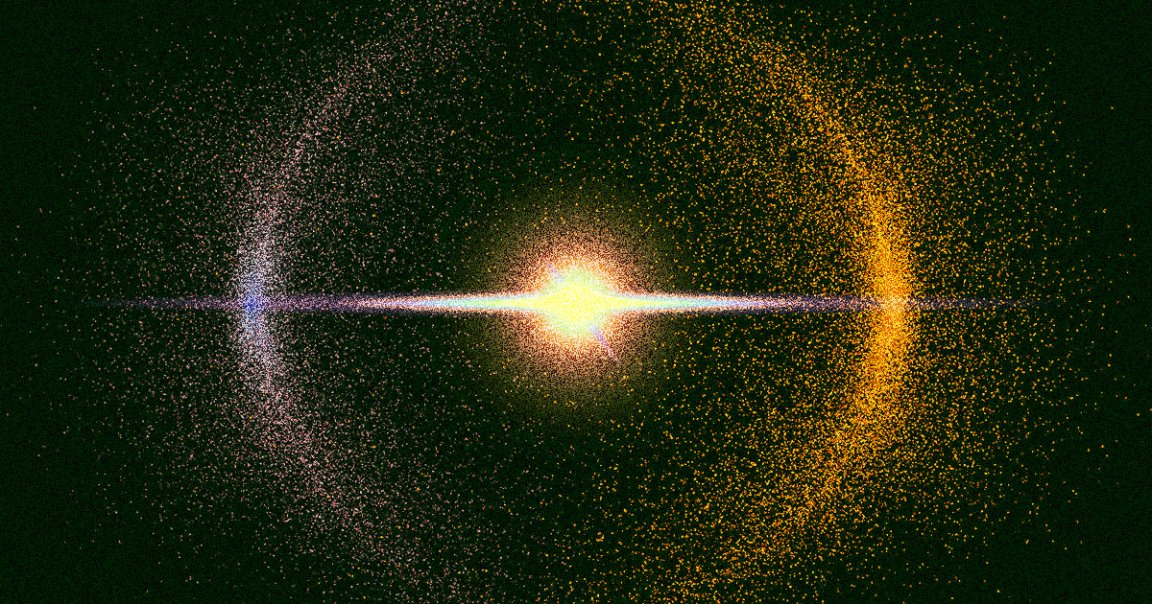
Stellar Rarity
Astronomers have found the first known example of a binary star system doomed to meet its end in an explosive collision known as a kilonova, a phenomenon so rare that it’s estimated there are only ten binary systems in our entire galaxy capable of producing one, according to their study published last week in the journal Nature.
“We know that the Milky Way contains at least 100 billion stars and likely hundreds of billions more. This remarkable binary system is essentially a one-in-ten-billion system,” said astronomer and co-author of the study André-Nicolas Chené, in a statement. “Prior to our study, the estimate was that only one or two such systems should exist in a spiral galaxy like the Milky Way.”
Danse Macabre
The binary system, CPD-29 2176, comprises a massive star that closely orbits a neutron star. Both are victims of each other’s gravity. The neutron star formed as the result of an ultra-stripped supernova, a less explosive form of a typical supernova that occurs in stars that have had their atmospheres siphoned by the gravity of a nearby stellar companion.
But the massive companion star will eventually share the same fate, too. The neutron star it created is incredibly dense, wielding a gravitational pull nearly as terrifying as a black hole. Thus, over time, the companion star will also lose its atmosphere, succumbing to an ultra-stripped supernova and diminishing into a neutron star itself.
And eventually, those two neutron stars will collide, resulting in a mega-powerful kilonova that has seldom been observed.
“For quite some time, astronomers speculated about the exact conditions that could eventually lead to a kilonova,” Chené said. “These new results demonstrate that, in at least some cases, two sibling neutron stars can merge when one of them was created without a classical supernova explosion.”
Heavy News
Even short cosmic timelines are lengthy in human terms, of course. According to the astronomers, it will be at least another million years until the companion star collapses into a second neutron star, and from there, millions more until the two neutron stars collide.
So while we may not be able to witness a colossal kilonova for ourselves, the discovery still provides an invaluable insight into the formation of the universe’s heaviest elements.
“Those heavy elements allow us to live the way that we do,” explained astronomer and lead author of the study, Noel D. Richardson, in a statement. “Most gold was created by stars similar to the supernova relic or neutron star in the binary system that we studied. Astronomy deepens our understanding of the world and our place in it.”
More on stars: Scientist Releases Amazing Video of Exoplanets Orbiting Distant Star